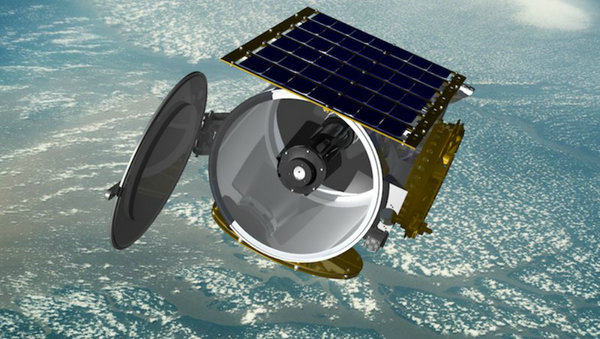In December, the Defense Advanced Research Projects Agency awarded a $1.5 million contract to Raytheon to develop the satellites.
The technology has been named the SeeMe satellite – after DARPA's quest for Space Enabled Effects for Military Engagements. It is about the size of a water cooler and is cheaper to make and launch than the typical hardware sent into orbit, Business Insider reported.
With the SeeMe satellite, designers aimed to advance satellite imagery from a strategic to a tactical asset – one that could, for example, give individual soldiers an idea of what lies beyond their field of vision.
"It's really about two things," Randy Gricius, director of Raytheon's space innovations group, told Business Insider. "It's about persistence – having the data pretty much anytime [a soldier] needs it – and about him being able to control it."
Gricius estimated that it would take only 24 SeeMe satellites no more than 90 minutes to provide images of the ground anywhere within an area half the size of the United States.
DARPA said that soldiers will be able to use the satellites with existing handheld devices to receive an image of their precise location. SeeMe could eliminate the need for a command post to serve as a sort of middleman between soldiers and satellites, hastening the transfer of information.
SeeMe satellites are designed to reenter the atmosphere and burn up without a trace after two or three months in low orbit. Larger models can function in space for years or even decades.
Designers are using off-the-shelf materials that are available to the public to keep costs under $500,000 per unit, Business Insider reported.
"They're literally off the shelf," Gricius said about processors used in the satellites. "You can go on a catalog and order them today.”
The processors – similar to the ones found in inexpensive personal computers – still have to be proven space-worthy, along with the other materials. Typical satellites come equipped with “space-qualified parts,” which are hardened and have been tested to prove they can survive in space.
Raytheon aims to launch a SeeMe satellite aboard a rocket in September. If it is in working order after 90 days of testing, the SeeMe may be used by the US military.




